In the New York City of the 1930s, murder was big business. And the best killers in the industry were Murder Inc., a ring of murderers-for-hire working as mob enforcers who, in less than 10 years, killed an estimated 1,000 people.
Murder Inc. was formed by notorious Jewish-American gangsters Meyer Lansky and Benjamin “Bugsy” Siegel, and run by Louis “Lepke” Buchalter, a New York racketeer who figured out that he could make even more money contracting out killers to Sicilian mobsters. He set up shop inside of Rosie Gold’s Candy Store, a Brooklyn shop that catered to children through the front door and killers through the back.
A killer working for Lepke could count on $1,000 to $5,000 per job (as much as $70,000 today), depending on the target. Some made a small fortune off it. The hit squad’s most prolific killer, Harry Strauss, signed on for at least 100 jobs on his own, making enough to live comfortably for the rest of his life and single-handedly putting a minor dent in the population of New York City.
From Strauss on down, these killers were brutal. They didn’t just shoot their targets — they aimed to leave a message. They hacked up the bodies of their victims with meat cleavers and ice picks. One man was set on fire and left in a lot. Another was strapped to a slot machine and left in public view.
Murder Inc.’s reign of terror ran on like this throughout New York City until 1940. By then, they were so bold that they’d pull off their killings in broad daylight, sure that no one would even try to stop them.
Things came to an end, however, when one of their contract killers ratted them out to the police. Abraham “Kid Twist” Reles, a former Murder Inc. assassin, found himself in a police interrogation box, charged with multiple murders and realized the only way out was to tell the officers everything that they wanted to know about Lepke and his organization.
Working off of Reles’ tip, New York police arrested Lepke and some of his most prolific killers. The mob hitmen who’d terrorized the city were taken off the streets, most to face the electric chair in Sing Sing Prison in upstate New York.
After 10 years of tyranny and 1,000 body bags, Murder Inc. had come to an end.
But they didn’t go down without one last job. On November 12, 1941, the first day of the trial, Reles’ dead body was found outside his hotel room, crushed from a six-story fall out his hotel window. It was one last message from Murder Inc. — any canary who wanted to sing had better learn to fly.
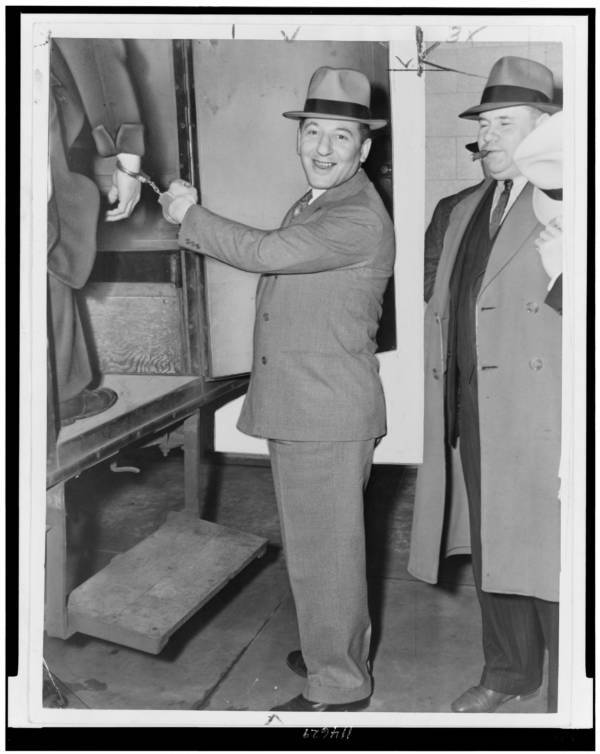

Feinstein was set on fire by Murder Inc. killers Harry Strauss and Martin Goldstein and left exposed in a lot.
New York City. October 5, 1938.
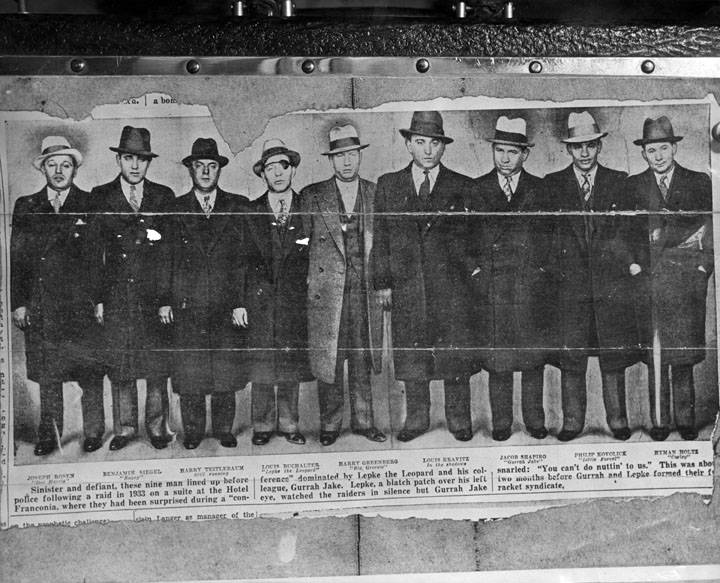
While this photo was being taken, mobster Jacob “Gurrah” Shapiro was snarling at the police, “You can’t do nuttin’ to us.”
New York City. 1942.
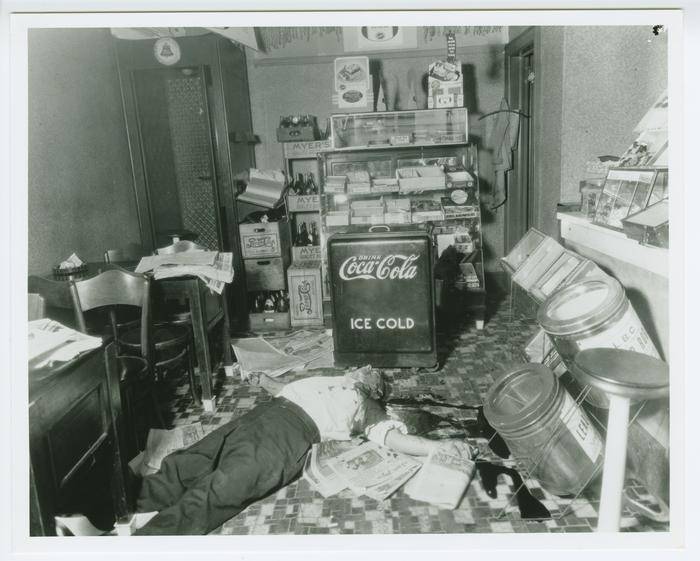
Rosen’s death would ultimately lead to the downfall of Murder Inc. Their leader, Louis “Lepke” Buchalter would be convicted for this murder and sentenced to death.
Brooklyn. September 13, 1936.
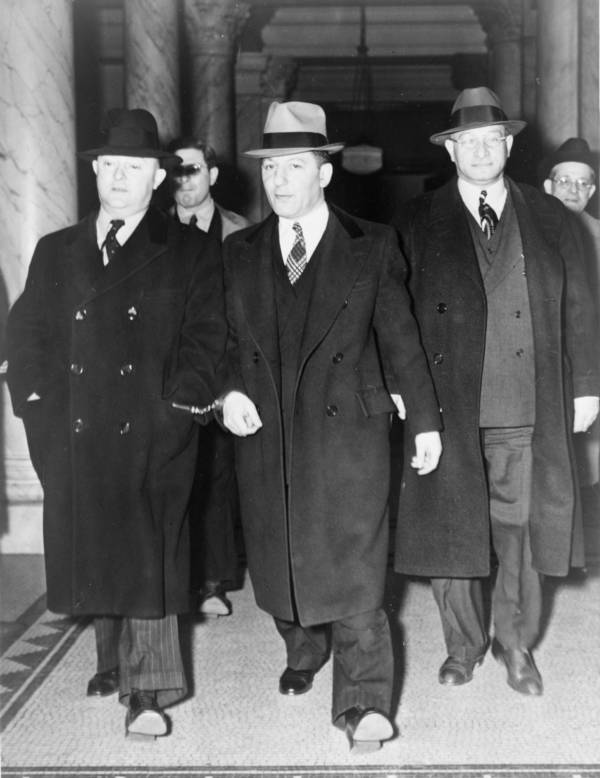
New York City. Circa 1939-1940.

Sage was a New York racketeer who ran afoul of the mob. He was hacked to death with an ice pick, tied up to a slot machine, and left out in public as a warning.
New York City. 1937.
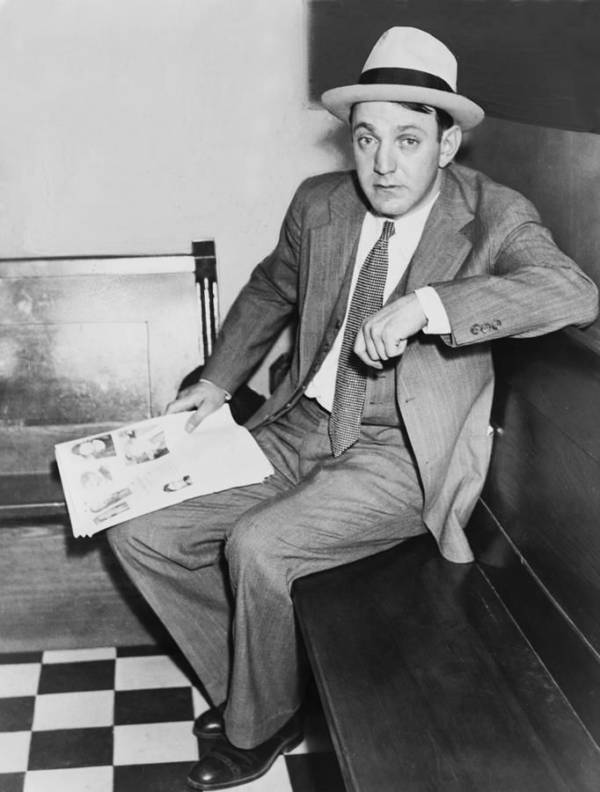
Schultz upset Murder Inc. and the rest of the New York underworld by attempting to order a hit on his prosecutor. They were afraid that his actions would turn the police against organized crime figures and thus had Schultz killed not long after this photo was taken.
New York. 1935.
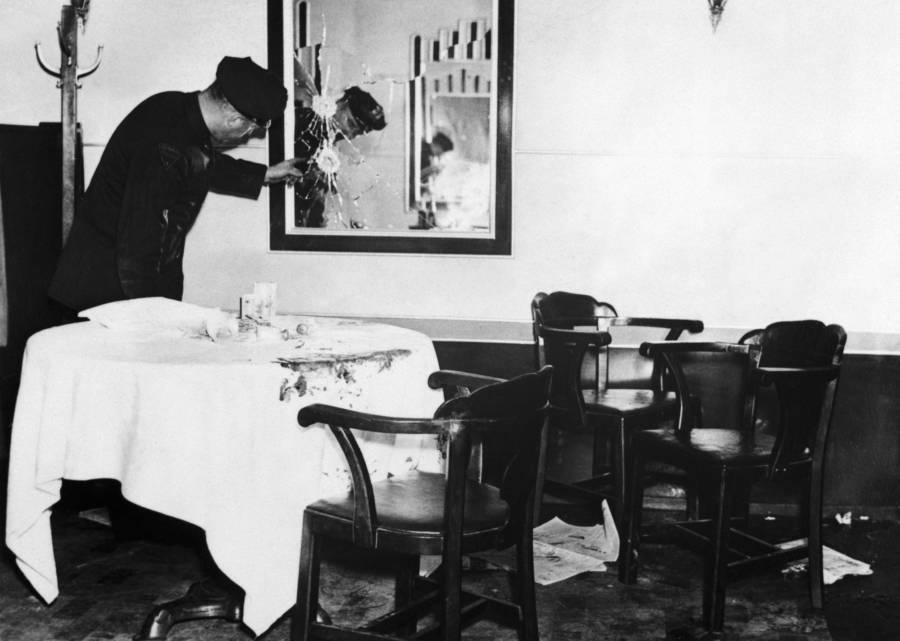
Newark, New Jersey. 1935.

Though Schultz looks relaxed, he would be dead within a matter of hours.
Newark, New Jersey. 1935.

New York City. Circa 1940.
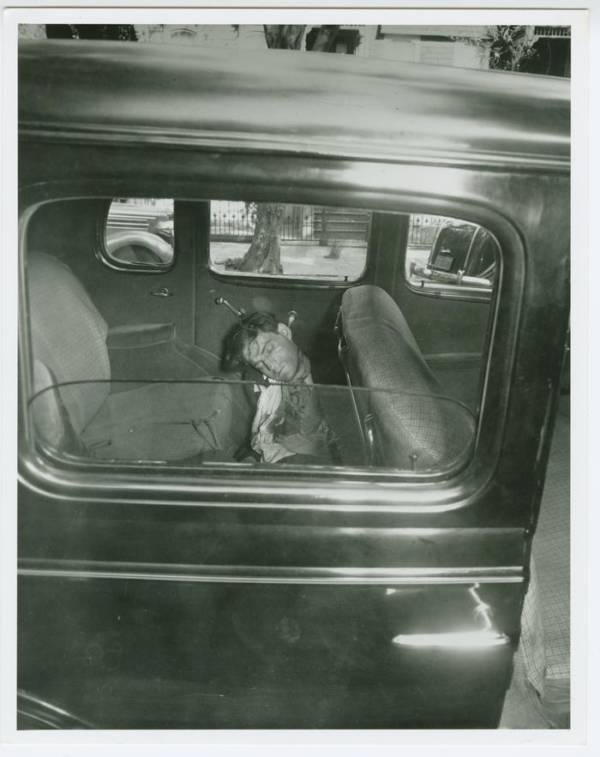
Rudnick was accused of being a police informant. Whether he was or not, the accusation won him a visit from Harry Maione and Frank Abbandando of Murder Inc.
New York City. May 25, 1937.
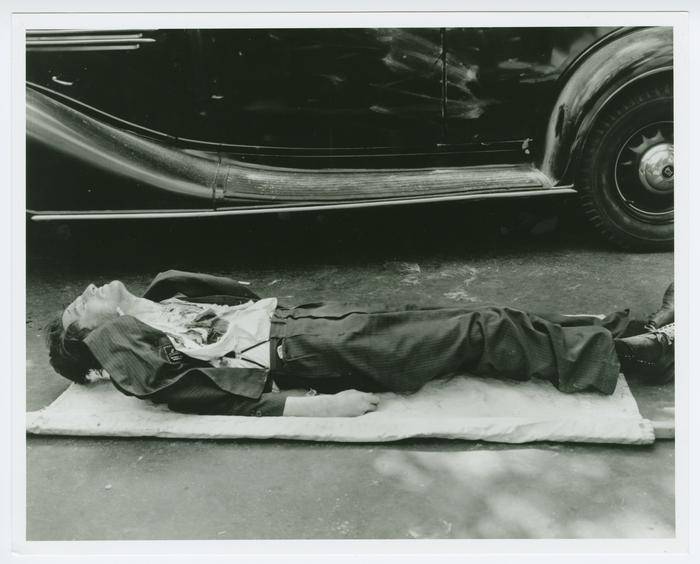
Rudnick’s death was particularly brutal. He was hacked apart with meat cleavers and ice picks.
New York City. May 25, 1937.

New York City. April 12, 1928.
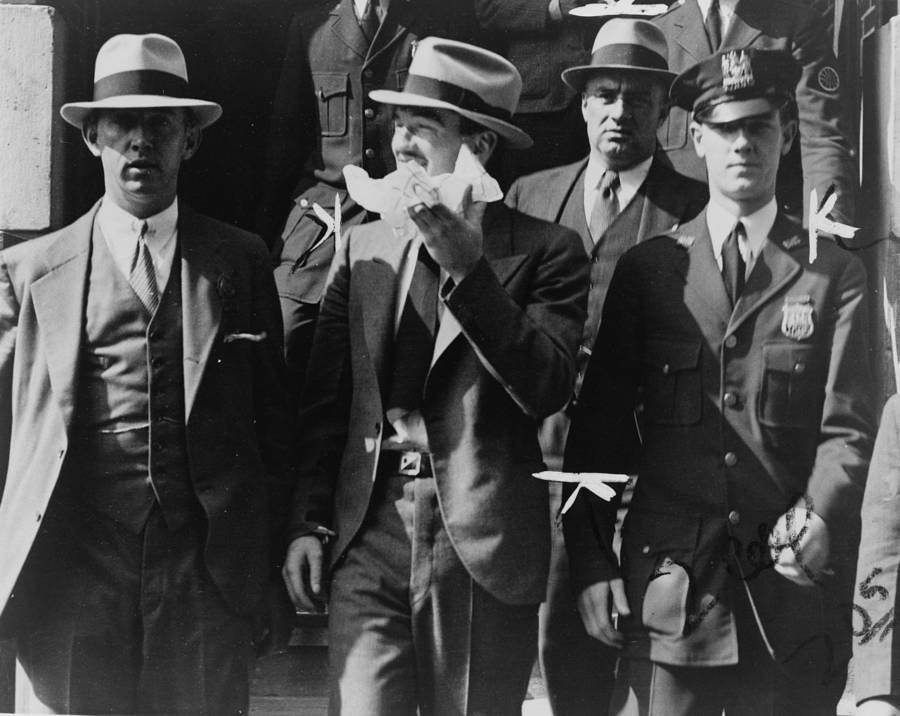
New York City. 1931.

Chicago. 1937.

New York City. December 3, 1941.
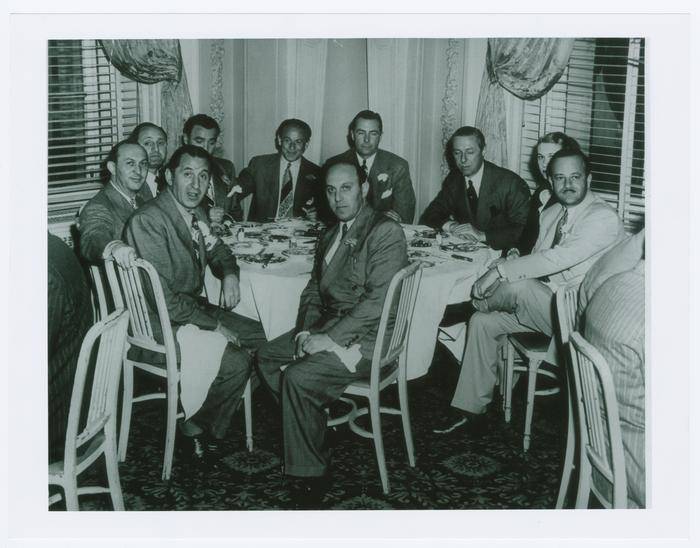
New York City. Circa 1930-1940.
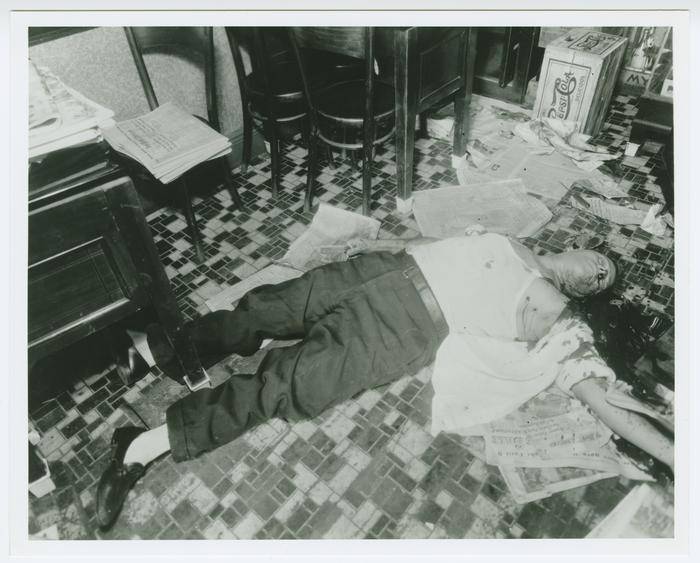
Brooklyn. September 13, 1936.
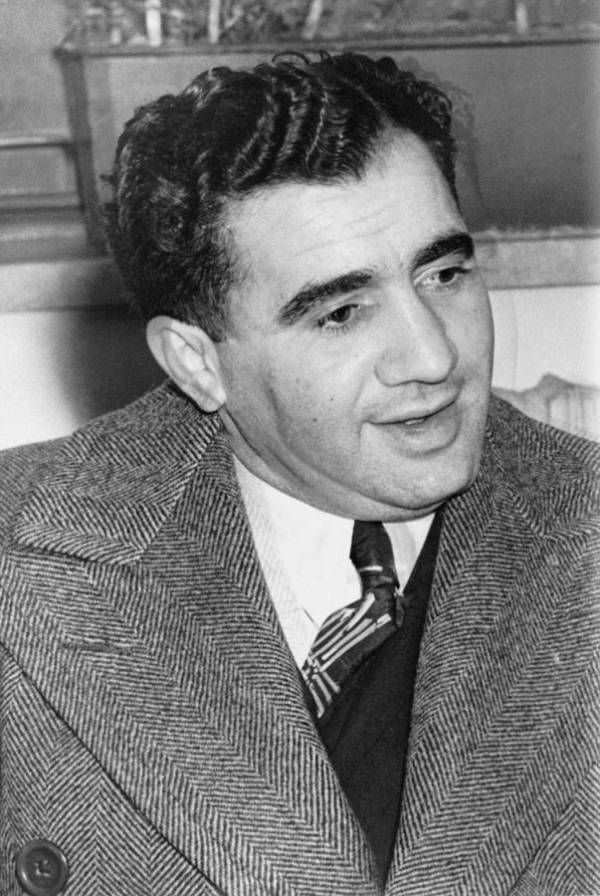
New York City. Circa 1930-1940.
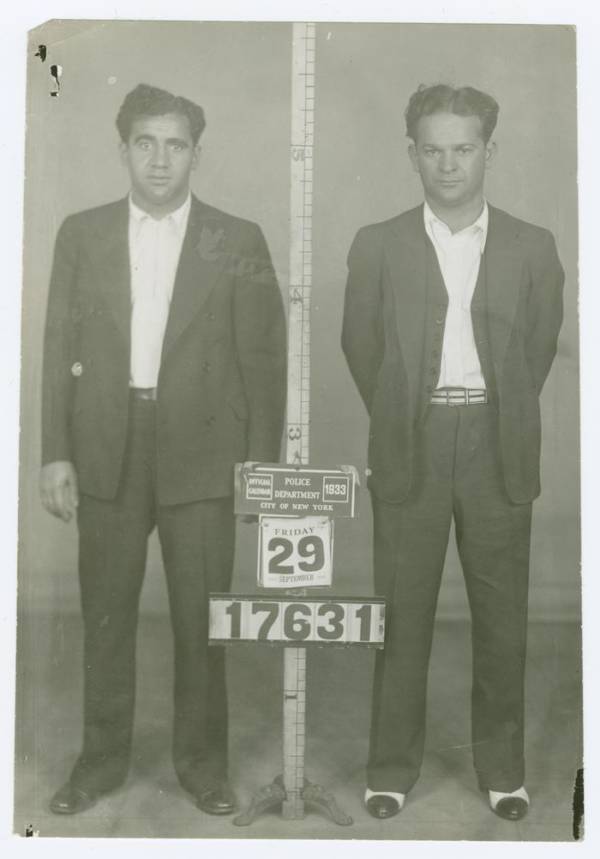
New York City. Circa 1930-1941.
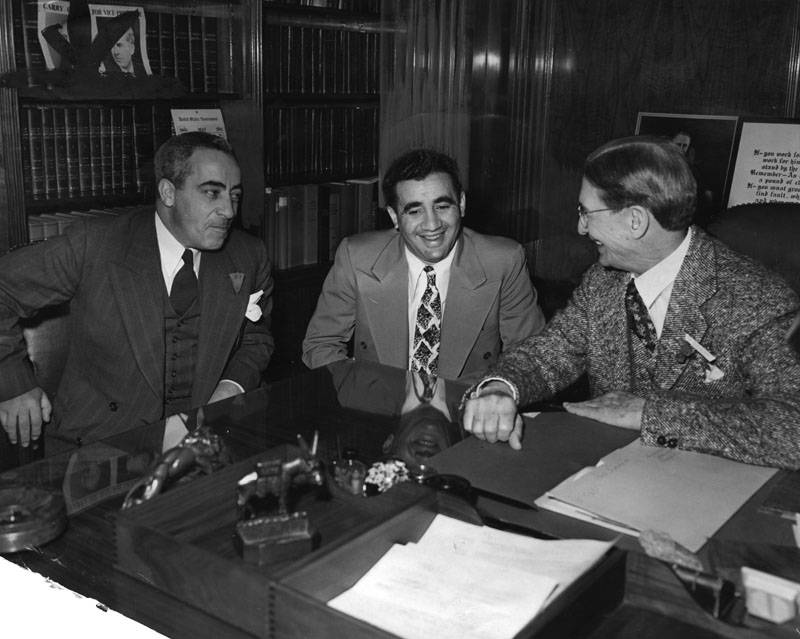
New York City. Circa 1940-1941.
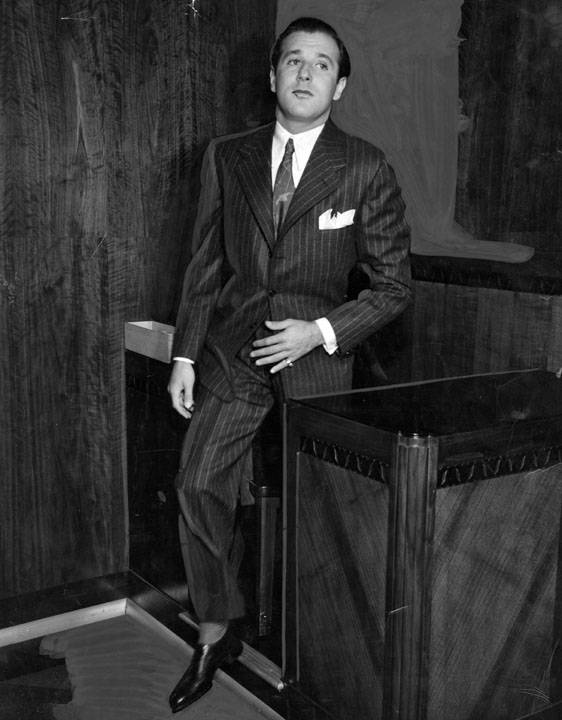
New York City. December 13, 1940.

Brooklyn. December 2, 1941.
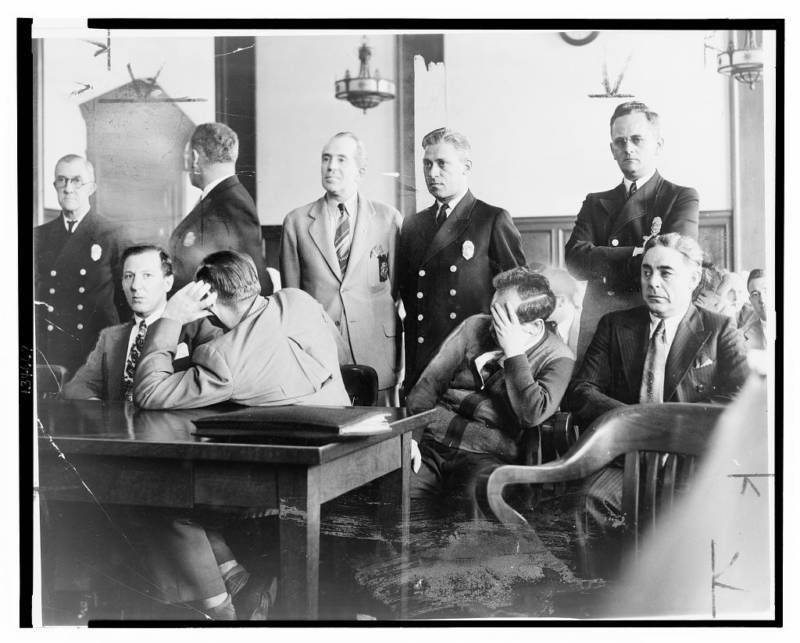
Brooklyn. August 1941.
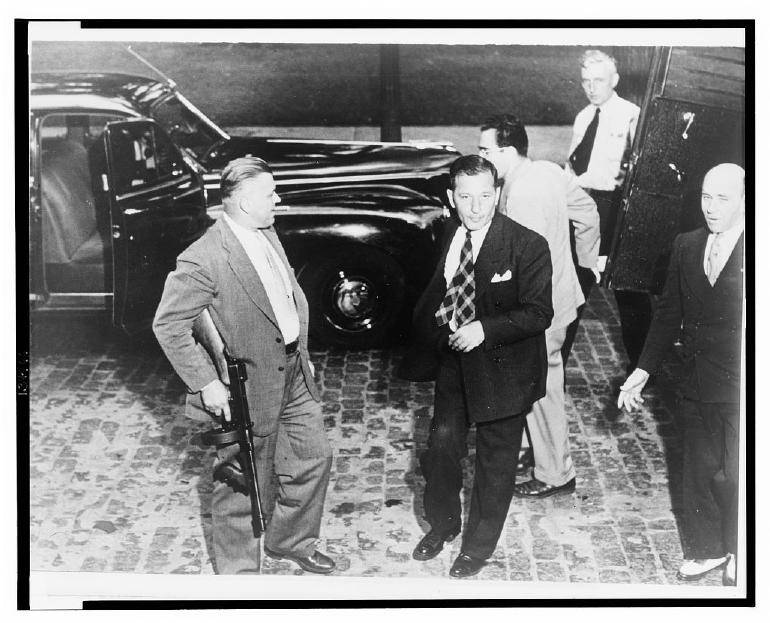
The man with the gun next to him is a police officer, there to make sure he doesn’t try to run.
New York City. July 20, 1943.
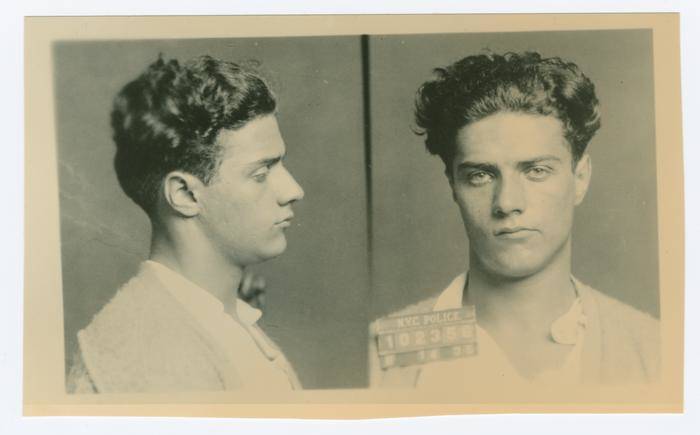
New York City. August 14, 1935.
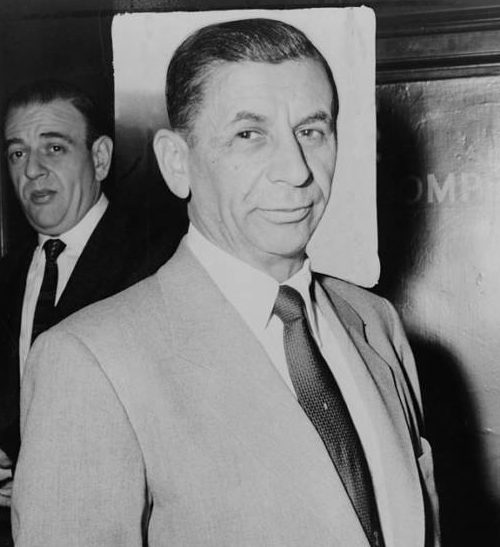

New York City. September 24, 1935.

Though Lepke was executed thanks to Reles’ testimony, the other two big figures in the organization — Albert Anastasia and Bugsy Siegel — managed to avoid the electric chair. Their times would come, though, when they were eventually killed by mob assassins much like the ones they’d employed.

Beverly Hills, California. 1947.

Beverly Hills, California. June 25, 1947.

Beverly Hills, California. June 25, 1947.
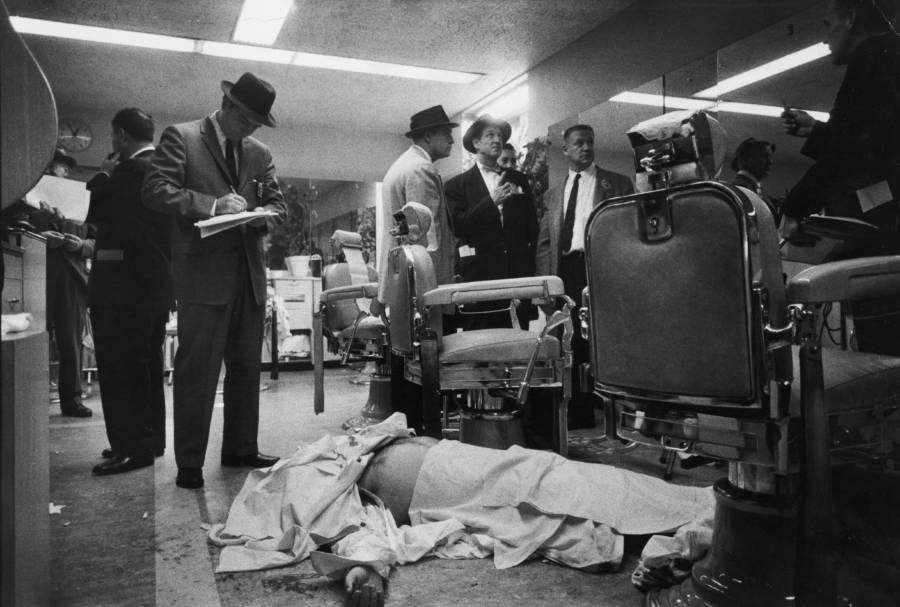
With Anastasia’s death, the last traces of Murder Inc.’s upper echelon were wiped off the face of the Earth.
1957.